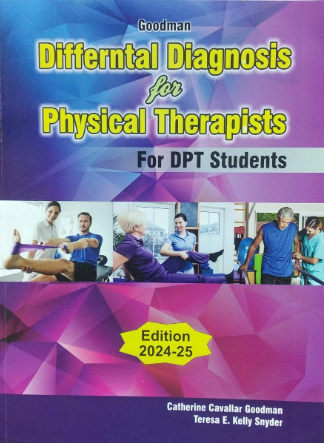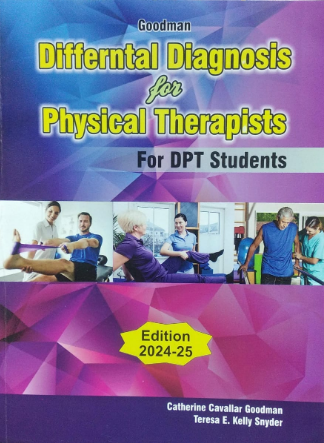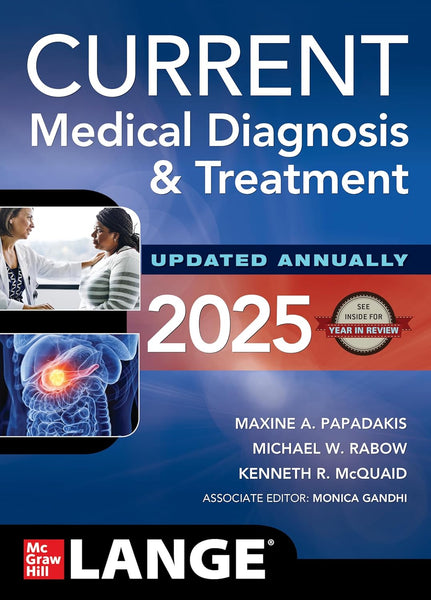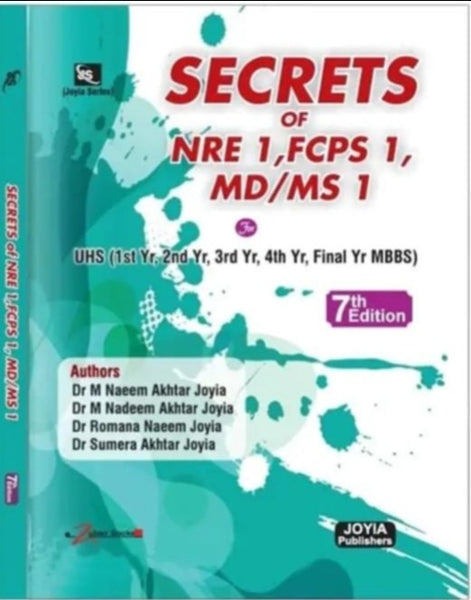Differntal Diagnosis For Physical Therapists For DPT Students
- Publisher: MEDICAL BOOKS
- Availability: In Stock
- SKU: 30202
- Number of Pages: 782
Rs.500.00
Rs.750.00
Tags: best books , Best Price , best prices , best shop , BNB , bookshop , bookshop online , bookshopPakistan , buy online books , Catherine Cavallar Goodman , Clinical Practice Guidelines , Clinical Reasoning , Common Pathologies , Comprehensive Assessment , Diagnostic Skills , Diagnostic Tools , Differential Diagnosis for Physical Therapists , Differential Diagnosis Framework , Differential Diagnosis Process , Differntal Diagnosis , Evidence-Based Guidelines , Evidence-Based Practice , Functional Assessments , good books , good booksonline , Goodman Author , Healthcare Collaboration , Medical History Evaluation , Musculoskeletal Disorders , Neurological Conditions , online books store , Online Bookshop , Online Bookshop Pakistan , online shopping , Online Shopping Pakistan , OnlineShoppingPakistan , Orthopedic Evaluation , PakistanBookshop , PakistanOnlineShopping , Patient Evaluation Techniques , Patient Outcomes , Physical Examination Techniques , Physical Therapists , Physical Therapy Diagnosis , price cut , price-friendly Comprehensive , ReasonablePrice , reduced price , Referral Guidelines , Rehabilitation Protocols , Shopping , ShopSmartPakistan , Treatment Planning
Differential Diagnosis for Physical Therapists for DPT Students by Catherine Cavallar Goodman is a vital resource designed specifically for Doctor of Physical Therapy (DPT) students aiming to enhance their diagnostic skills in the context of physical therapy. This book focuses on the systematic approach to differential diagnosis, equipping students with the knowledge and critical thinking necessary to distinguish between various medical conditions that may present with similar symptoms. Goodman emphasizes the integration of clinical reasoning with evidence-based practices to facilitate accurate diagnosis and appropriate intervention planning. Through case studies, practical examples, and comprehensive explanations of diagnostic processes, this text prepares students to navigate the complexities of patient assessment and management in diverse clinical settings.
Key Points:
-
Systematic Diagnostic Framework
Introduces a structured approach to differential diagnosis, helping students systematically evaluate patient presentations and identify potential conditions. -
Clinical Reasoning Skills
Emphasizes the importance of clinical reasoning in diagnosis, encouraging students to think critically and make informed decisions based on patient history and examination findings. -
Integration of Evidence-Based Practice
Incorporates current research and evidence-based guidelines, promoting the use of best practices in clinical decision-making. -
Case Studies and Real-World Applications
Features case studies that illustrate practical applications of differential diagnosis, allowing students to apply theoretical knowledge to real clinical scenarios. -
Focus on Common Conditions
Covers a range of common conditions encountered in physical therapy, including musculoskeletal, neurological, and cardiopulmonary disorders, enabling targeted learning. -
Red Flags and Referral Criteria
Highlights critical "red flags" that indicate the need for referral to other healthcare providers, ensuring patient safety and comprehensive care. -
Assessment Techniques
Discusses various assessment techniques and tools used in physical therapy, equipping students with the skills to gather relevant patient information. -
Collaboration with Healthcare Teams
Encourages interdisciplinary collaboration, emphasizing the role of physical therapists in the broader healthcare context and their contribution to patient management. -
Cultural Competence in Diagnosis
Addresses the need for cultural sensitivity and understanding in the diagnostic process, ensuring that care is tailored to diverse patient populations. -
Outcome Measures and Follow-Up
Explores the use of outcome measures to evaluate patient progress and inform future treatment planning, reinforcing the importance of ongoing assessment.
Conclusion:
In conclusion, Differential Diagnosis for Physical Therapists for DPT Students by Catherine Cavallar Goodman serves as an essential guide for future physical therapists, providing them with the critical tools and knowledge needed to conduct effective differential diagnoses. By integrating clinical reasoning, evidence-based practice, and real-world applications, this book equips DPT students to approach patient assessment with confidence and competence. As they develop their diagnostic skills, students will be better prepared to ensure accurate evaluations and enhance patient care, ultimately contributing to improved outcomes in various clinical settings.
════ ⋆★⋆ ═══
Writer ✤ Catherine Cavallar Goodman, Teresa E Kelly Snyder






















